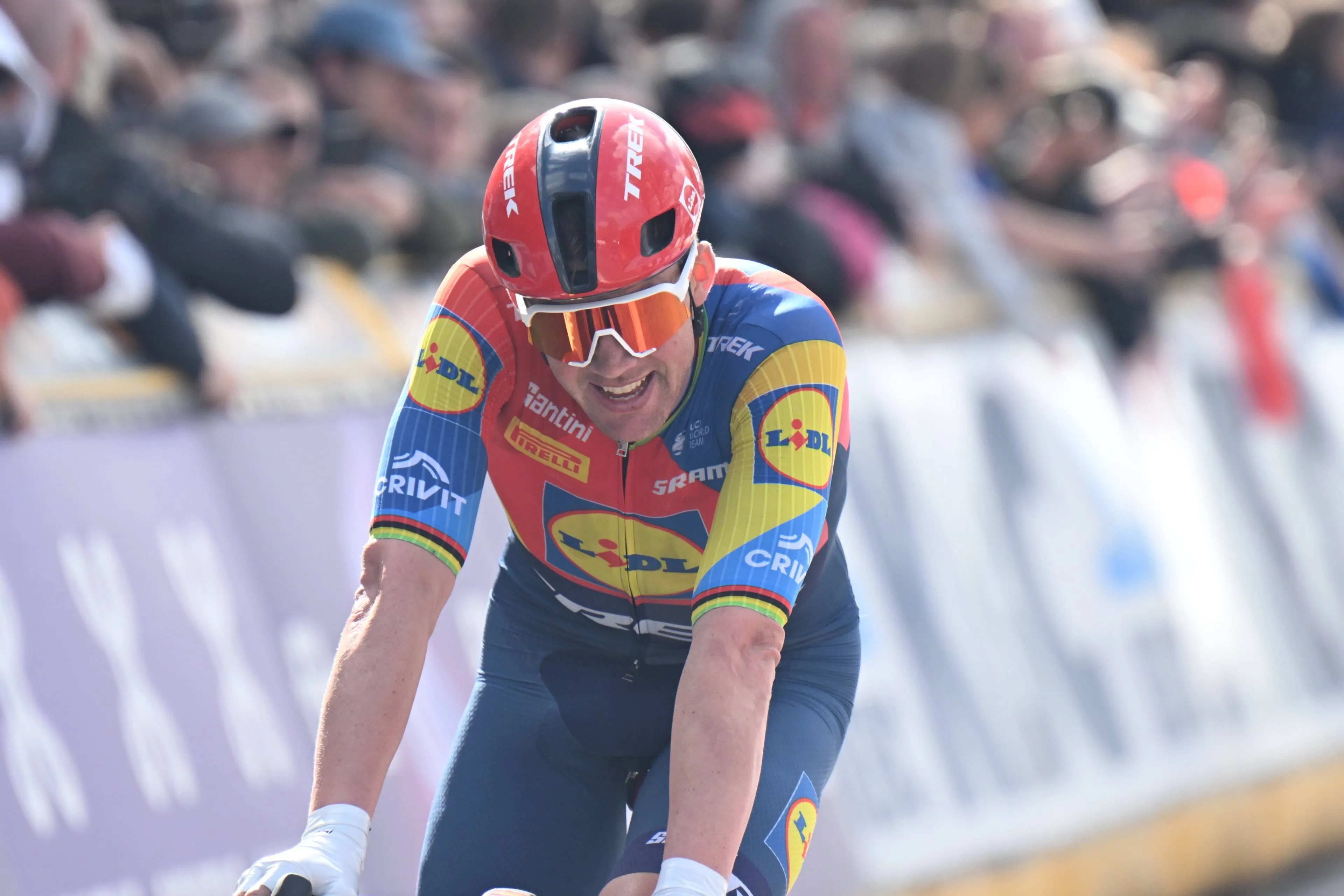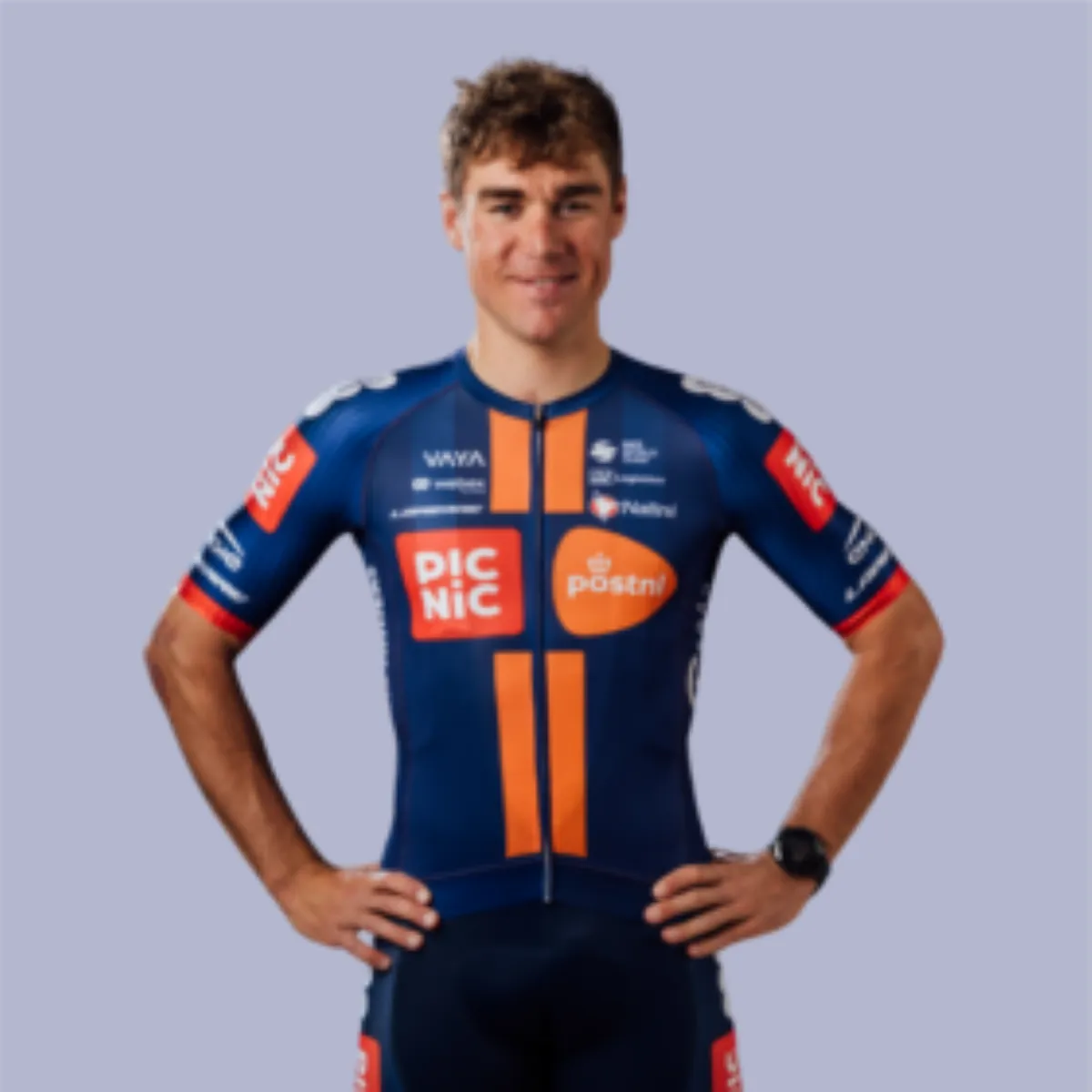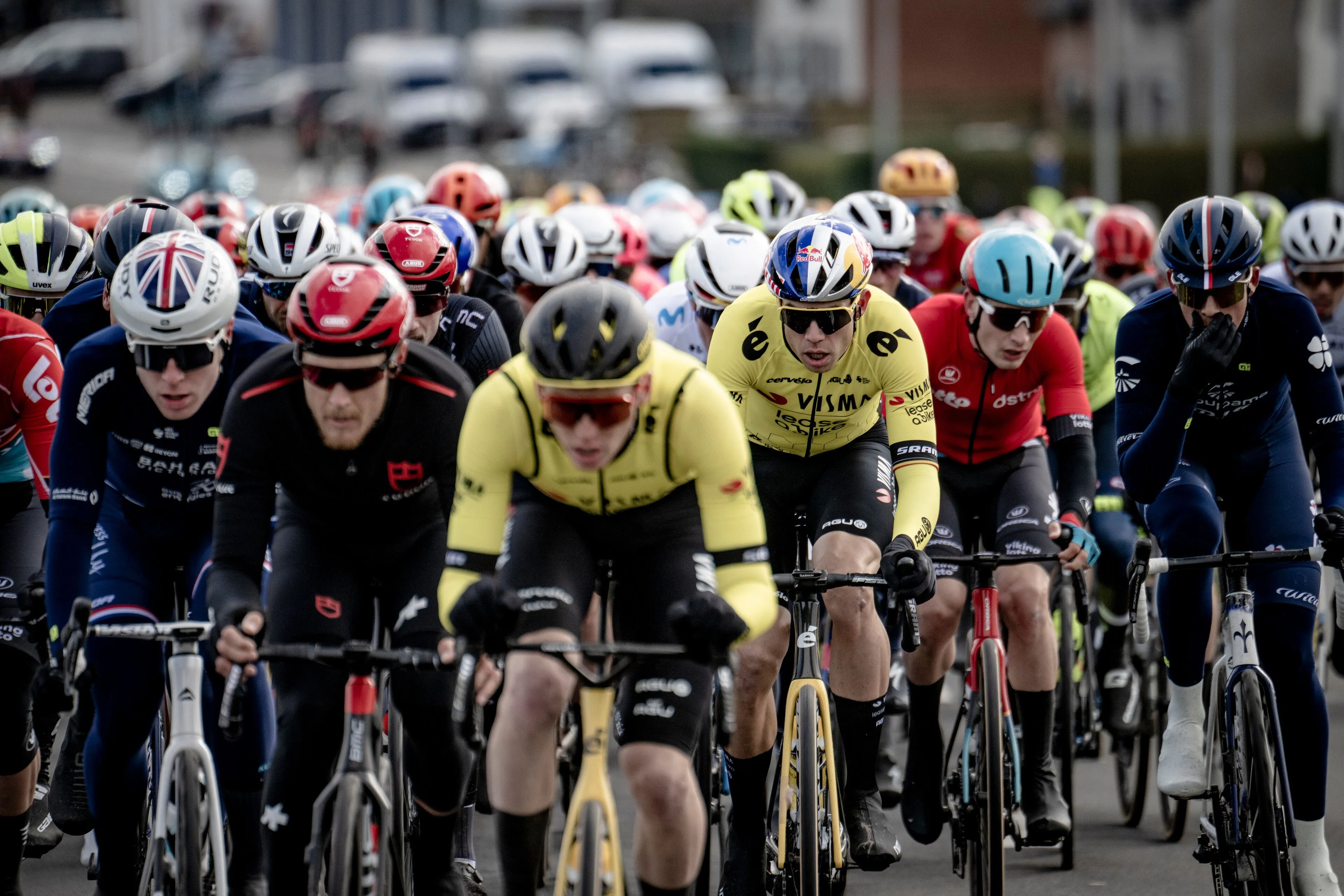Visma | Lease a Bike saw a different Van Aert after Dwars door Vlaanderen crash, but tests and E3 proved that changing style is not an option
CyclingThursday, 03 April 2025 at 18:48
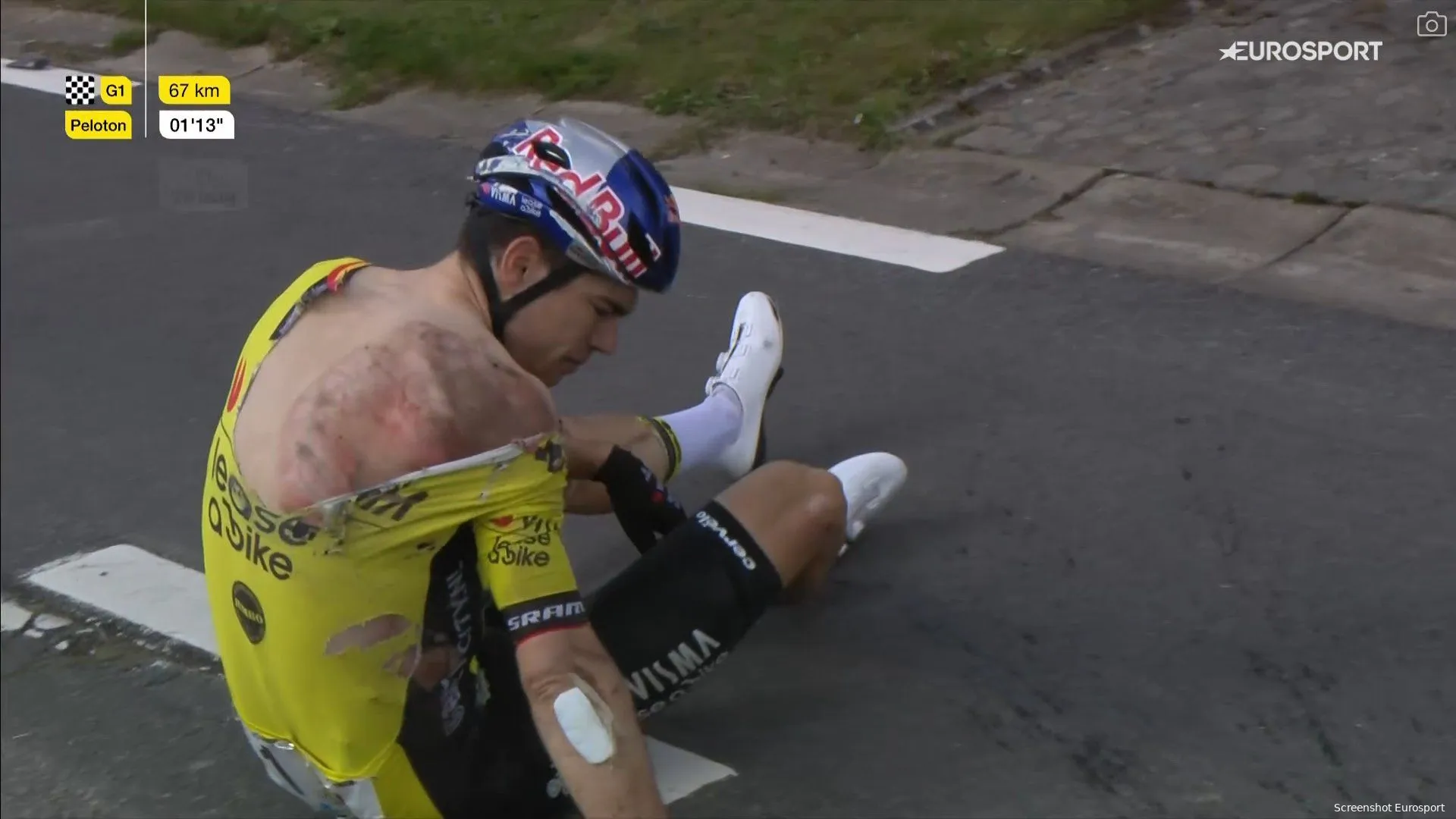
Mathieu Heijboer spoke extensively on the Wielerredactie podcast about the many crashes at Visma | Lease a Bike—especially those involving Wout van Aert. The team’s performance coach and Van Aert’s personal trainer explained that after a disastrous 2024 filled with crashes, the team took a hard look at the how and why. In 2025, Visma | Lease a Bike aims to reap the benefits of those lessons.
The Killer Bees found themselves down on their knees, after years of dominance. Crashes included Van Aert at Dwars door Vlaanderen and the Vuelta a España, Jonas Vingegaard at the Tour of the Basque Country, and multiple crashes involving Dylan van Baarle, Sepp Kuss, Wilco Kelderman, and Robert Gesink—it just didn’t stop. Van Aert missed his biggest spring goals, and Vingegaard couldn’t challenge Tadej Pogacar in top form during the Tour.
Throughout the season, Visma | Lease a Bike had to juggle injuries and illnesses across different lineups. Consider, for instance, Cian Uijtdebroeks dropping out due to COVID in both the Giro and Vuelta, Christophe Laporte’s illness in the spring, and many other riders facing setbacks. Bad luck? The Dutch team doesn’t really believe in that anymore. Because if you're crashing that often—unlike other teams—there must be something you can do better.
Read more below the photo.

Van Aert was flying in the Vuelta—until he crashed…
Visma | Lease a Bike believes Van Aert’s crash came down to lack of technique
All those hard crashes had physical consequences, but according to Heijboer, also mental ones. He noticed that Van Aert’s confidence—and with it, his technical ability on the bike—declined after his crash in Dwars door Vlaanderen. “After that, he crashed several times on his own, like in the Tour de France, where he was leading and misjudged a corner,” said the trainer about stage 11 of the 2024 Tour. “That was a crash that probably could’ve been avoided if he had been a bit more focused and, above all, more like his usual self.”
Heijboer also referenced the crash at the Paris Olympics, where Van Aert was part of a group with Mathieu van der Poel. “Remco Evenepoel was already up the road, so that wouldn’t have affected the outcome of the race. But Wout was the only one to crash in a spot he’d already ridden several times. That comes down to a lapse in concentration—but we also believe that the crash in Dwars door Vlaanderen had a bigger overall impact than we realized at the time.”
Read more below the video
Visma | Lease a Bike already saw riders drop out in 2025
Heijboer attributes it to “fear” or “a certain burden that causes you to misjudge things,” though he ultimately finds it “difficult to pinpoint.” “It was striking that Wout used to be a rider who crashed relatively little. And after that crash, he was suddenly involved in quite a few,” he said. So Visma | Lease a Bike went into the analysis room, where riders were asked to review and analyze their own crashes. “It happened so often that it wouldn’t have been right to just dismiss it all as bad luck,” Heijboer explained.
The crashes haven’t suddenly stopped either. Vingegaard crashed in Paris-Nice, Niklas Behrens and Van Baarle both broke their collarbones earlier this year, and Olav Kooij did the same last Sunday at Gent-Wevelgem. Laporte is also dealing with a troubling virus. “That’s definitely not fun. But it’s also part of the sport. We’re looking at how to prevent crashes and how to reduce the severity of the consequences. It’s a process. But I can’t give you the one solution that’s going to prevent all of this,” team director Grischa Niermann told NOS.
Read more below the photo.
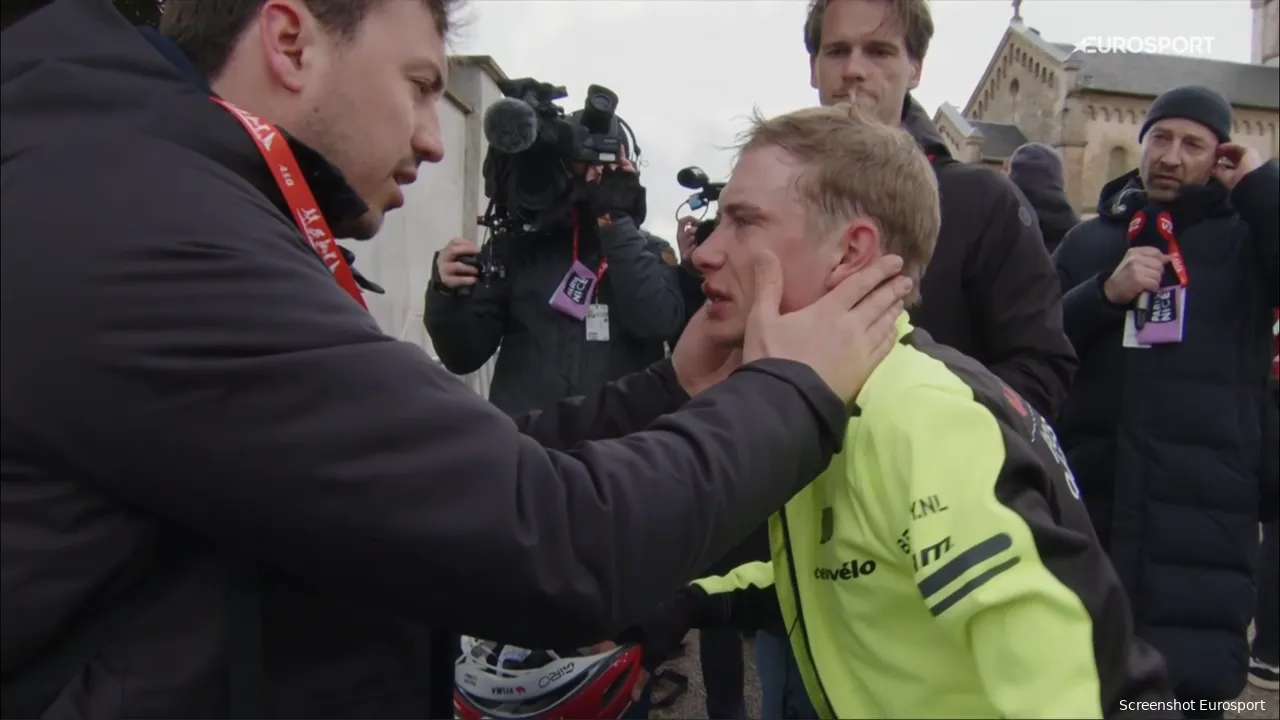
Vingegaard crashed in Paris-Nice and missed Catalonia
Visma | Lease a Bike riders were notably self-critical
A deep-dive investigation revealed “about 20 to 25 co-factors,” such as rider position in the peloton, nature of the peloton, presence or absence of rain, racing style, equipment usage, and much more. “Crashes obviously have a huge impact on your season, especially when two of your best riders are sidelined for months,” Heijboer emphasized, calling it “a decline in success” in 2024. “There wasn’t one single factor that stood out, but we did notice that many of the crashes happened at the front of the peloton.”
Surprising, since Visma | Lease a Bike also always wants its riders up front at key moments. But: “If you divide the peloton into four parts, most of the crashes occurred in the first 25 percent. That makes sense too, because when you’re racing for the win, you’re often at the front. But it shows that being at the front doesn’t necessarily mean you’re in a safe spot. In addition, riders said far more often than we expected that the crash could have been avoided. That’s very interesting—when riders look back and analyze, and realize things could have been done differently.”
Read more below the photo.

Van Baarle (right) hit the tarmac in Australia at the start of 2025 and broke his collarbone
Was the E3 the perfect example of Visma’s dilemma?
According to Heijboer, the riders' self-critical attitude is a crucial factor. “Once the emotion is gone, it’s no longer just about blaming others or street furniture.” And so, riders at Visma | Lease a Bike are carrying those lessons forward. “But it still remains very difficult to do things differently,” he said. “A lot of riders want to be at the front, and if you decide to hang back a bit to stay out of danger, and a move goes up front, at today’s level you simply can’t close that gap anymore.”
We saw that again at the E3 Saxo Classic, where Visma | Lease a Bike—with Van Aert and Matteo Jorgenson—was sitting a bit further back when Mads Pedersen and Mathieu van der Poel launched their attacks. The battle was already lost. Heijboer acknowledges the increased speeds and level of racing, and with that, the “Visma dilemma”: taking risks they’d actually prefer not to take, based on their crash analysis. They’re trying to train reaction time, but in a sport that demands six hours of high concentration, that’s not easy. Visma | Lease a Bike is conducting cognitive tests. “We’re convinced that something can be done about it—but we’re going to fine-tune that even further.”
Read also
IDL-productions

After Schmid, Bouwman also suffers knee issues from Jayco-AlUla material switch: "The team will learn from this"
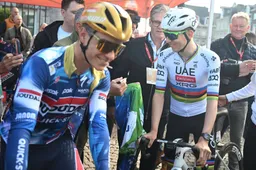
Preview Liège-Bastogne-Liège 2025 | Pogacar and Evenepoel as top favorites in last spring classic

Participants Liège-Bastogne-Liège 2025 | Familiar faces and rising stars line up for La Doyenne

Favorites stage 4 Tour of the Alps 2025 | 4 stars, but whoever wants to challenge Storer's lead, has to start early

Tadej Pogacar worried about teammate before and during Flèche Wallonne: "Then I heard he had crashed…"
Latest Cycling News

Jonas Vingegaard is "really looking forward to racing again," but stays focused on the Tour and delays comeback by six weeks

After Schmid, Bouwman also suffers knee issues from Jayco-AlUla material switch: "The team will learn from this"

Preview Liège-Bastogne-Liège 2025 | Pogacar and Evenepoel as top favorites in last spring classic

Participants Liège-Bastogne-Liège 2025 | Familiar faces and rising stars line up for La Doyenne

Favorites stage 4 Tour of the Alps 2025 | 4 stars, but whoever wants to challenge Storer's lead, has to start early
Popular Cycling News

Pogacar responds to Soudal complaints: "Domen Novak had already set the pace for 150 km"

Johan Bruyneel: "We are seeing these phenomenal riders, and I have said it a few times, I think they are their own worst enemy"

After Schmid, Bouwman also suffers knee issues from Jayco-AlUla material switch: "The team will learn from this"
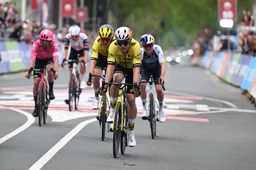
Visma | Lease a Bike dismisses Giro rumors about strong climbing van Aert as pure speculation

Tadej Pogacar worried about teammate before and during Flèche Wallonne: "Then I heard he had crashed…"
Latest Comments
- Such negative comments that are truly inappropriate and actually ridiculous. He sounds like an old man, bitter that he can't race anymore. Why can't he just be gracious? Or just shut up. Instead of howling for attention, in such a rude manner. Must be Dementia creeping in. We are all living in the Now. Records are there, and some are being broken, some are unapproachable. If he doesn't like it, and it makes him sick, maybe he ought start watching some other sport. Don't want the old mans health to be upset.
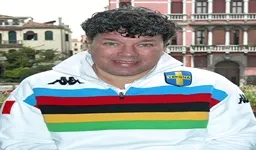 reemmo031-03-2025
reemmo031-03-2025 - Roger De Vlaeminck inspires me to create a new beer: "Bitter Old Twat Belgian".JackInhof31-03-2025
- Shoot, I'll ride it for 1/10 of what his pay for that day is😅Veganpotter30-03-2025
- What is this? The Lance Armstrong daily cheaters channel? I could care less about Johan and Lance the seven times cheater. Greg Lemond was right all along, Why don't you write about that instead of these two knuckleheads.velodrone28-03-2025
- Are we all doomed to hear from Lance Armstrong and Johan bruneel until the end of time? It's not enough the stain they left on cycling? Do we have to see that shadow forever?bigyakman26-03-2025
- I am not sure if it is the hardest to win. In Flanders and Roubaix well before the finish the Peleton will be decimated and the race will normally be won by the best rider of the day or maybe 2nd or 3rd in case of a mechanical or unlucky break especially in case of Roubaix. In San Remo just before the finish there will still be several riders in contention and they are hard to ditch. For the best riders it is a race hard to win since it is not so selective. But if you are not a top 5 rider but still a top 10 rider this race is your best change to win. You will see more Milan San remo Winners with only 1 monument win than any other monumentsJoostmehrtens19-03-2025
- "fap fap fap oh Lance oh oh OHHHHHHH" again. Does he pay you to dredge up people with nice things to say about him? He was an giant a$$hole to people. It is a fact. Whatever his contrition about the doping, he is unapologetic about being a giant a$$hole to people. (Why yes, I do only login to complain. *I* am however only a giant a$$hole to people who laud giant a$$holes.)ericjensenridesbikes25-02-2025
- Remco is still very young. And injuries can absolutely keep you from overdoing it and getting worse. The recent Remco accident didn't keep him from being able to ride a recumbent inside. Wout's knee is a different story thoughVeganpotter23-01-2025
- Van der Poel style is winning by a half a lap and leading the race from the end of the second lap.
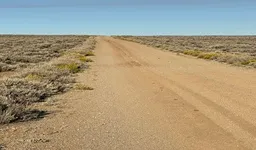 Barnes127420-01-2025
Barnes127420-01-2025 - If she thinks talent alone will put her there she will not see many podium finishes much less a GC finish.....work as a team utilizing tactics to consistently be at the top.Germanrazor10-01-2025
